
All categories
Featured selections
Trade Assurance
Buyer Central
Help Center
Get the app
Become a supplier

(1105 products available)




























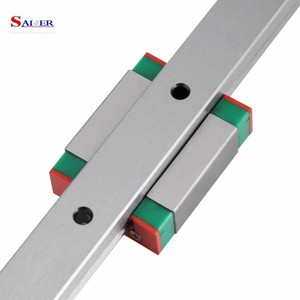
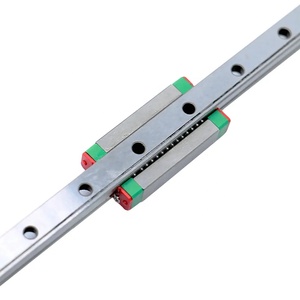

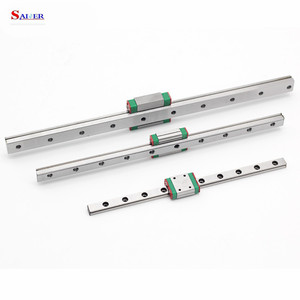





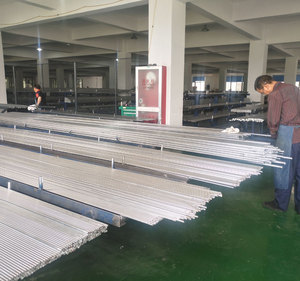
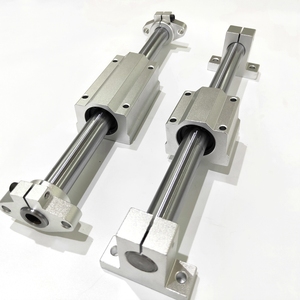
Linear bearings are an essential component in the realm of power transmission, providing smooth and precise motion along a linear path. These bearings are designed to support and guide moving parts, reducing friction and wear while ensuring efficient operation. linear bearing tolerance are widely used in various industries, including automation, robotics, and manufacturing, where accurate positioning and movement are crucial. They come in different forms, each tailored to specific applications and requirements, making them a versatile choice for engineers and designers seeking optimal performance in their systems.
There are several types of linear bearing tolerance available in the market, each with unique characteristics suited for different applications. Common types include ball bearings, roller bearings, and plain bearings. Ball bearings are highly popular due to their ability to handle high loads and provide smooth motion, making them ideal for precision machinery. Roller bearings offer superior load capacity and rigidity, often used in heavy-duty applications. Plain bearings, also known as bushings, are simple and cost-effective, providing adequate support for lighter loads. Each type of linear bearing tolerance is engineered to meet specific performance criteria, ensuring the best fit for diverse operational needs.
linear bearing tolerance are designed to facilitate linear motion while minimizing friction and wear. They provide critical support for moving components, allowing for precise positioning and movement in various applications. Features such as self-aligning capabilities, high load capacity, and low friction coefficients enhance the performance of these bearings. Self-aligning features ensure smooth operation even in misaligned systems, while high load capacity allows linear bearing tolerance to handle demanding conditions without compromising performance. Low friction coefficients reduce energy consumption and extend the lifespan of the bearings, making them an efficient choice for power transmission systems.
The construction of linear bearing tolerance involves the use of high-quality materials to ensure durability and optimal performance. Common materials include stainless steel, chrome steel, and polymer composites. Stainless steel is favored for its corrosion resistance and strength, making it suitable for harsh environments. Chrome steel offers excellent hardness and wear resistance, ideal for high-load applications. Polymer composites provide lightweight and low-friction alternatives, often used in applications where weight reduction is crucial. The choice of materials impacts the bearing's performance, allowing manufacturers to tailor linear bearing tolerance to specific operational requirements and environmental conditions.
To maximize the benefits of linear bearing tolerance, it is essential to select the appropriate type based on the application's load and speed requirements. Proper installation and alignment are critical to ensure smooth operation and prevent premature wear. Regular maintenance, including lubrication and cleaning, helps maintain the integrity and performance of the bearings. In applications requiring high precision, consider using preloaded linear bearing tolerance to eliminate play and enhance accuracy. Educating users on proper handling and maintenance practices can significantly extend the lifespan of these bearings, ensuring reliable and efficient operation in power transmission systems.
When selecting linear bearing tolerance for your application, several factors must be considered to ensure optimal performance. The load capacity is a critical aspect, as it determines the bearing's ability to support the weight of the moving components. The speed at which the system operates also impacts the choice, as some bearings are designed to handle high-speed motion more efficiently. Additionally, environmental conditions such as temperature, humidity, and exposure to corrosive substances can influence the suitability of certain materials used in the construction of linear bearing tolerance. Understanding these factors will help in choosing the right bearing for specific operational requirements.
Proper installation and alignment are vital to the effective use of linear bearing tolerance. Misalignment can lead to increased friction and wear, reducing the lifespan of the bearings and compromising system performance. During installation, it is important to ensure that the bearing is securely mounted and aligned with the intended direction of motion. Regular checks and adjustments may be necessary, especially in systems subject to vibration or dynamic loads. Utilizing precision tools and techniques can aid in achieving accurate alignment, ensuring that linear bearing tolerance operate smoothly and efficiently.
To maintain the functionality and longevity of linear bearing tolerance, regular maintenance is essential. Lubrication plays a key role in reducing friction and preventing wear, and the choice of lubricant should match the operating conditions and material compatibility. Routine cleaning to remove debris and contaminants can prevent blockages and ensure unobstructed motion. Monitoring the condition of the bearings through visual inspections and performance checks can help identify issues early, allowing for timely interventions. Implementing a maintenance schedule tailored to the specific demands of the application can significantly extend the lifespan of linear bearing tolerance.
The market offers various types of linear bearing tolerance, including ball bearings, roller bearings, and plain bearings, each with distinct advantages suited for different applications.
Load capacity is crucial in determining the suitability of linear bearing tolerance for specific applications, as it dictates the maximum weight the bearing can effectively support.
Misalignment in linear bearing tolerance can lead to increased friction, wear, and potential damage, thereby reducing efficiency and lifespan.
The lubrication frequency for linear bearing tolerance depends on the operating conditions, such as load, speed, and environmental factors, but regular intervals are recommended for optimal performance.
Yes, linear bearing tolerance can be designed with materials and lubricants that withstand high temperatures, making them suitable for challenging environments.